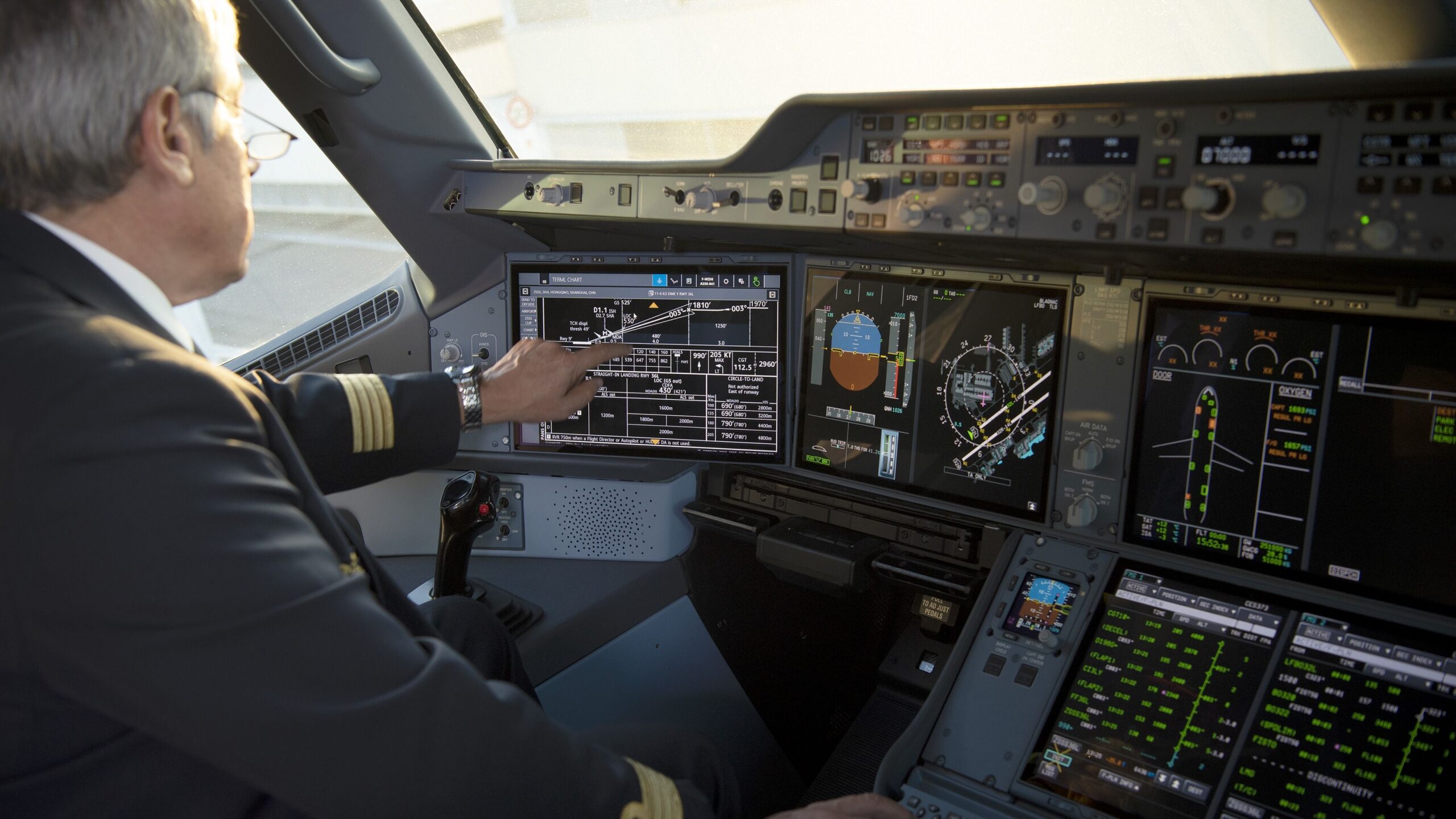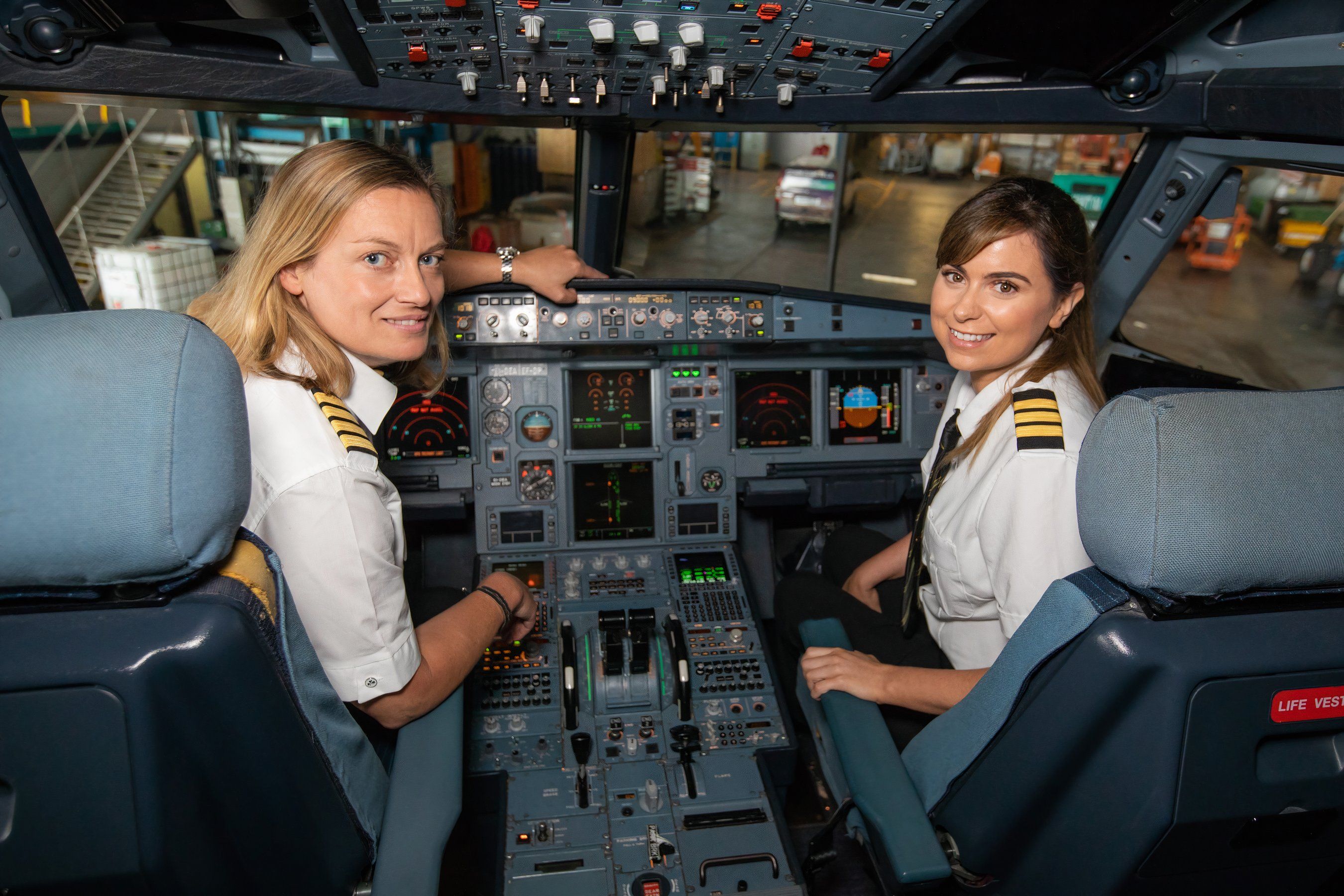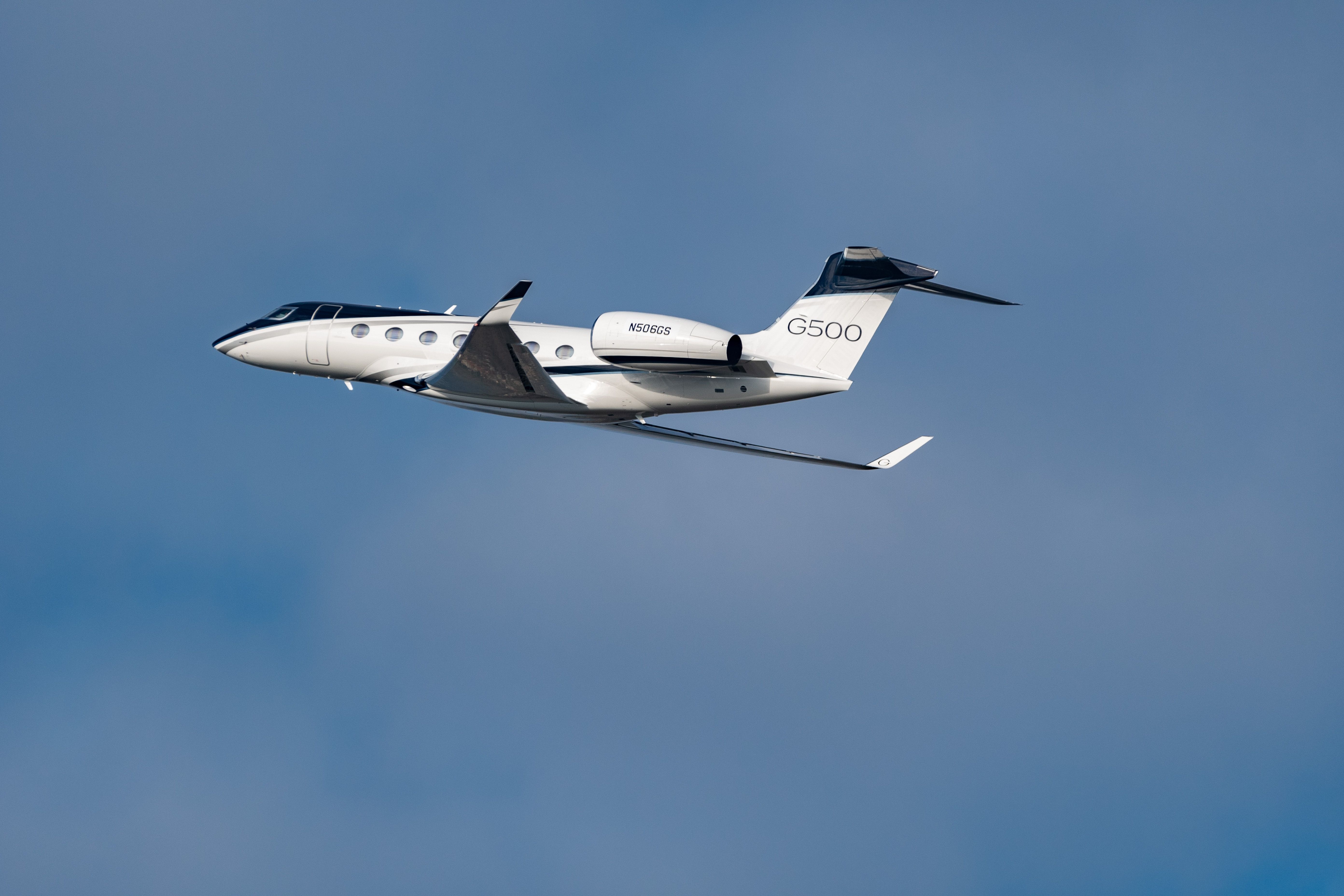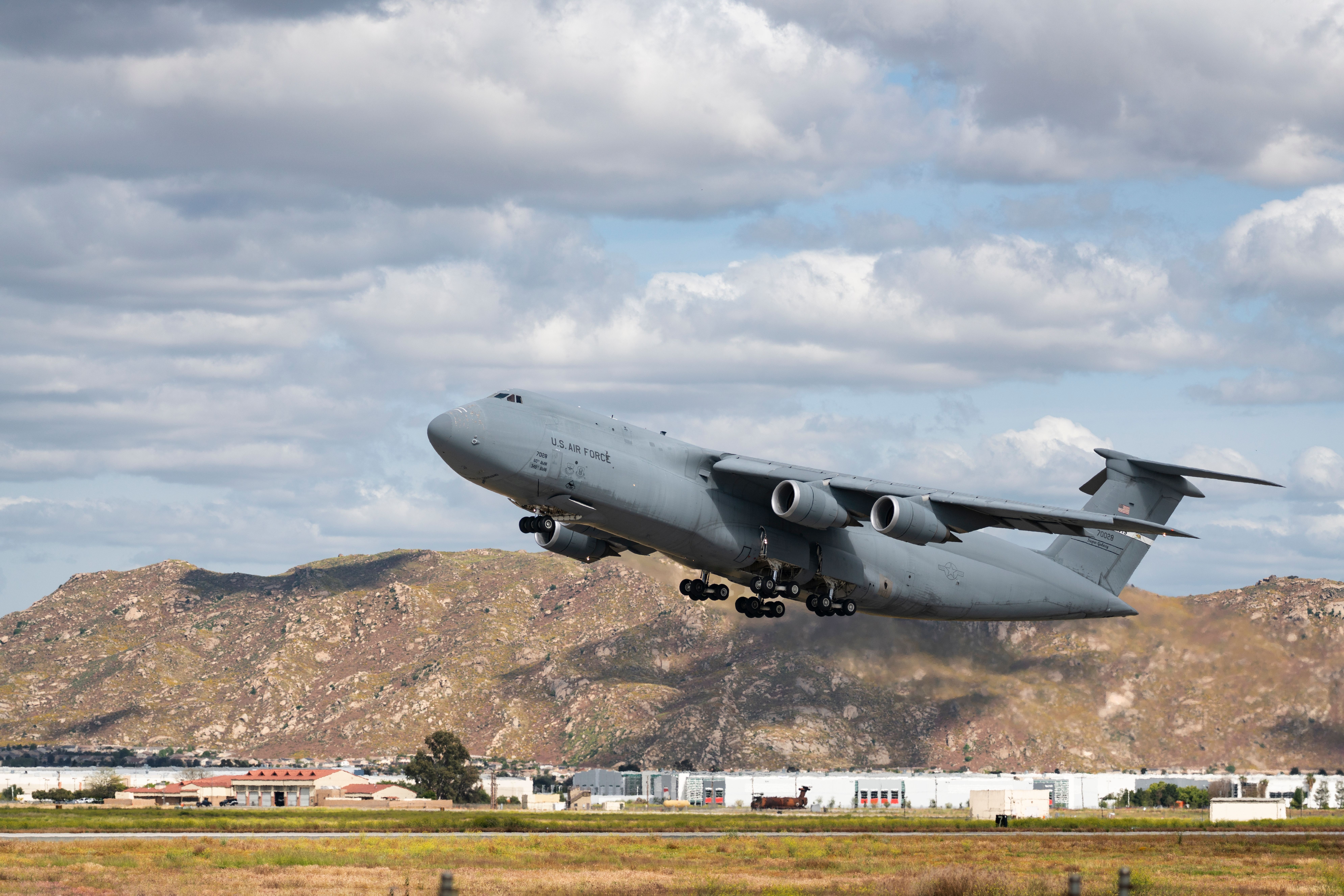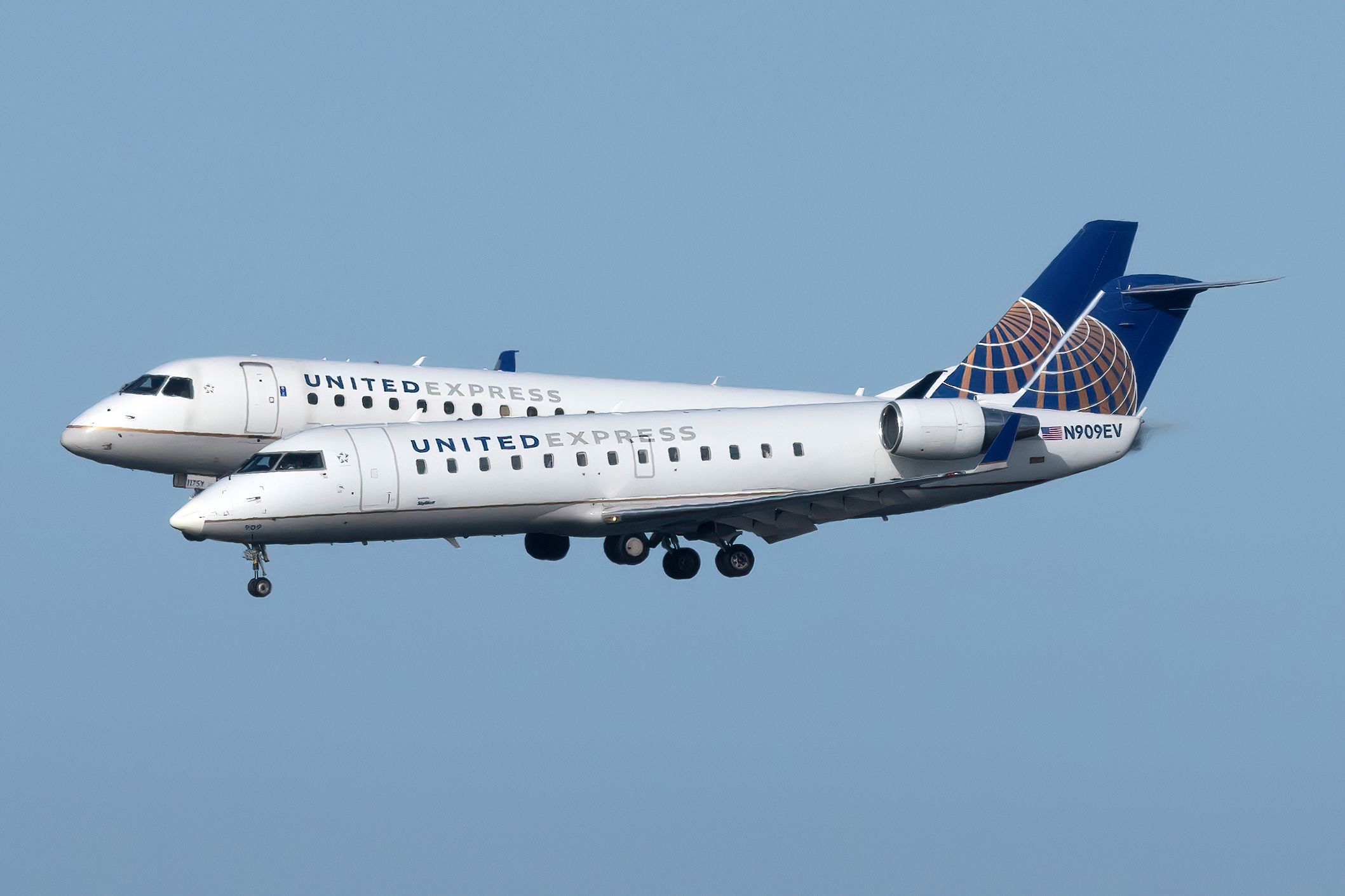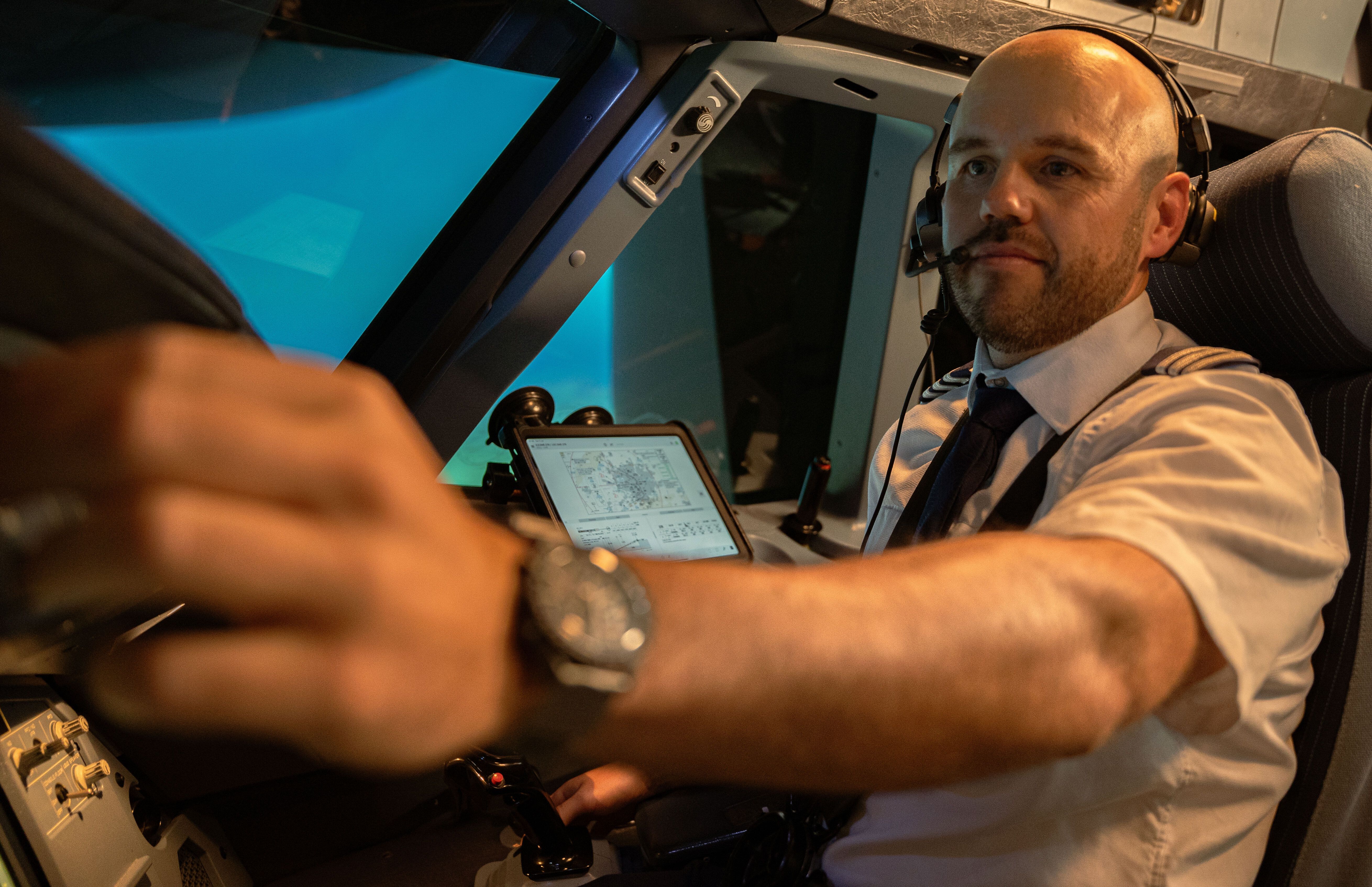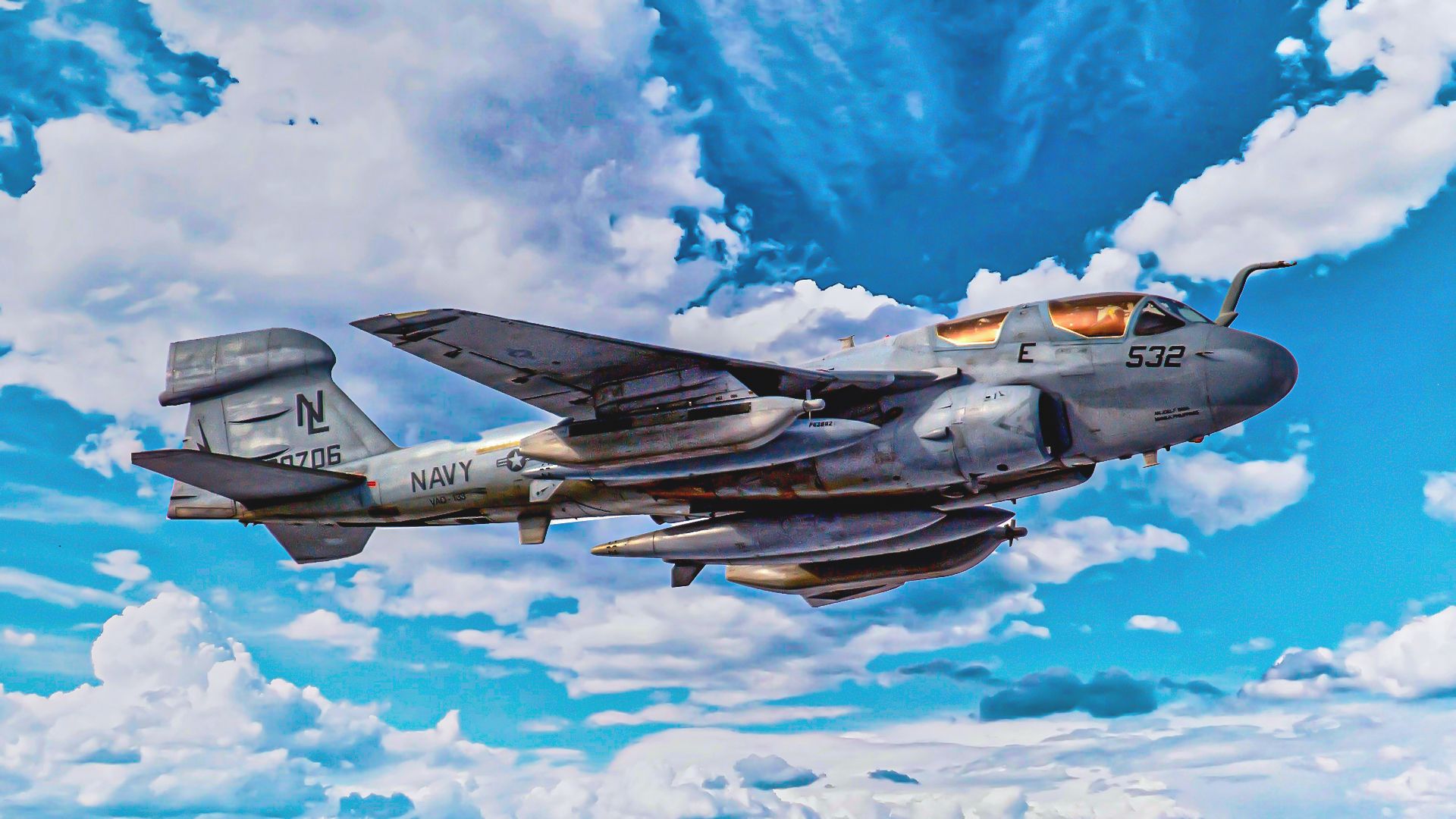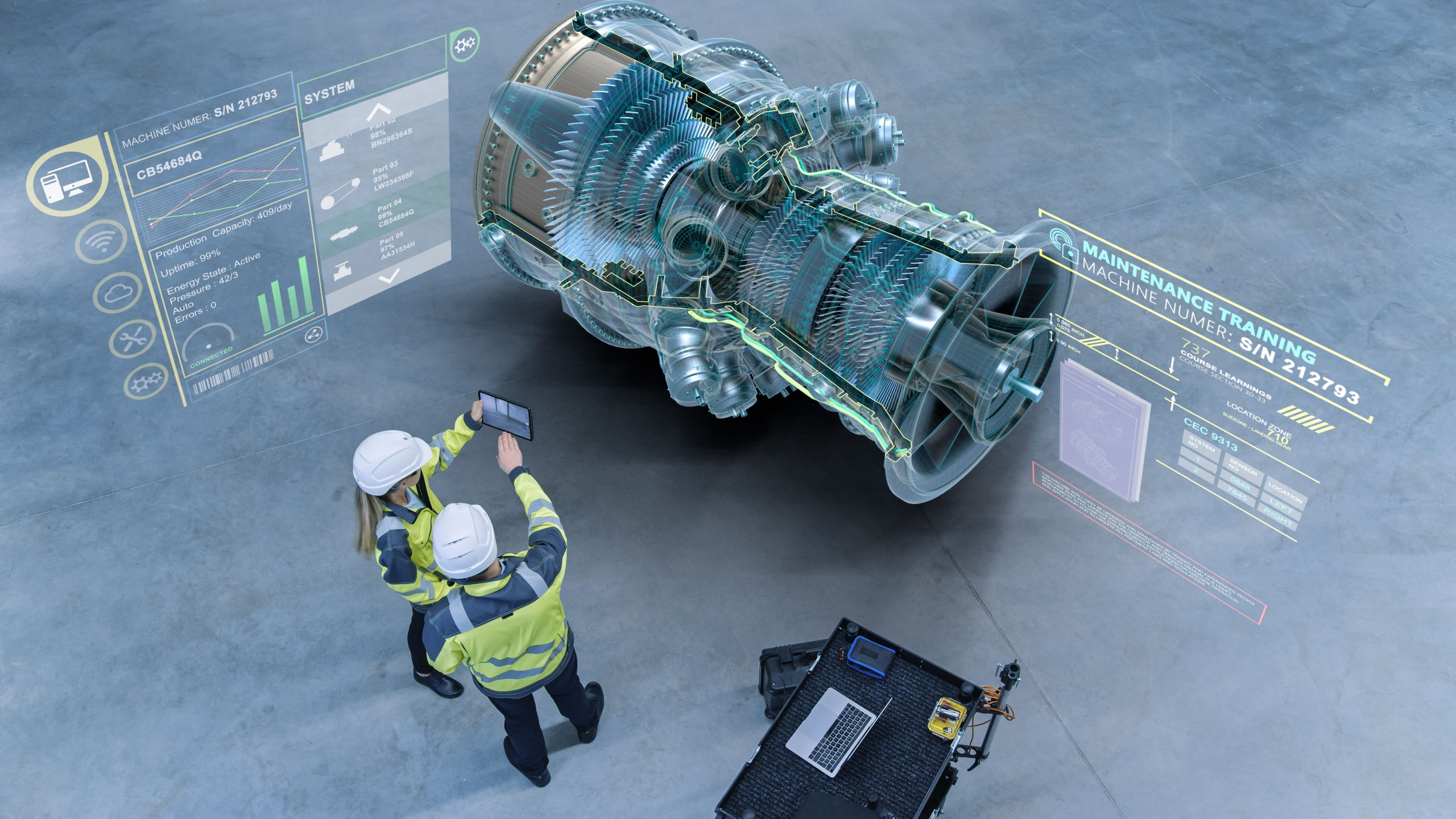Upgrading to captain at an airline is one of the crowning achievements of a pilot’s aviation career. It takes years of flight training, hours building, and flying the line to accrue the experience needed. The requisites for upgrading to captain are changed by country and regulator, so this article will focus on the requirements to upgrade to captain in the US under FAA regulations. Here’s what earning the fourth epaulette stripe entails.
Flight hours
Flight hours are a factor in multiple FAA certifications ranging from private pilot to commercial certificates. It stands to reason that the minimum number of hours requirements also exist for an airline transport certificate holder to upgrade to pilot-in-command (PIC). The hour requirement is cited in 14 CFR 121.436 and states that a captain needs at least 1,000 hours as second-in-command while operating at the airline level. It’s not quite that straightforward, though.
Photo: Aer Lingus
Civilian flights
There are additional methods for gaining the required flight time to become an airline captain aside from Part 121 airline experience. One of these methods is to fly 1,000 hours as the pilot-in-command of a Part 91 or Part 135 operation. The Cornell Law School Legal Information Institute states that those hours can be completed as,
- Second in command in operations under this part
- Pilot in command in operations under § 91.1053(a)(2)(i)
- Pilot in command in operations under § 135.243(a)(1)
- Pilot in command in eligible on-demand operations that require the pilot to satisfy § 135.4(a)(2)(ii)(A)
- Any combination thereof
The PIC must also have accrued 1,500 flight hours and hold an Airline Transport Certificate before they can fly as the PIC in Part 91 and 135 operations.
In theory, the bare minimum flight time for someone who flies under Part 91 or 135 to become a Part 121 airline captain is 2,500 hours: 1,500 to initially serve as PIC in the eligible operation and 1,000 as the PIC.
Photo: Robert Buchel I Shutterstock
Pilots who come from civilian flight backgrounds have varying amounts of total flight hours needed to upgrade based on the path they took to earn their certificates. Pilots certificated under the standard rules of Part 61 need 1,500 hours to hold an airline transport license, which would make the minimum captain upgrade total time 2,500 after flying as SIC at the airlines for 1,000 hours.
Pilots who attend a university program with an aviation focus are eligible for an ATP certificate with reduced hours. The minimum experience needed for pilots who complete a university program is 1,000 hours to earn their ATP. This reduces the total captain upgrade time to 2,000 hours: 1,000 hours to earn an ATP and 1,000 more flying as a first officer under Part 121.
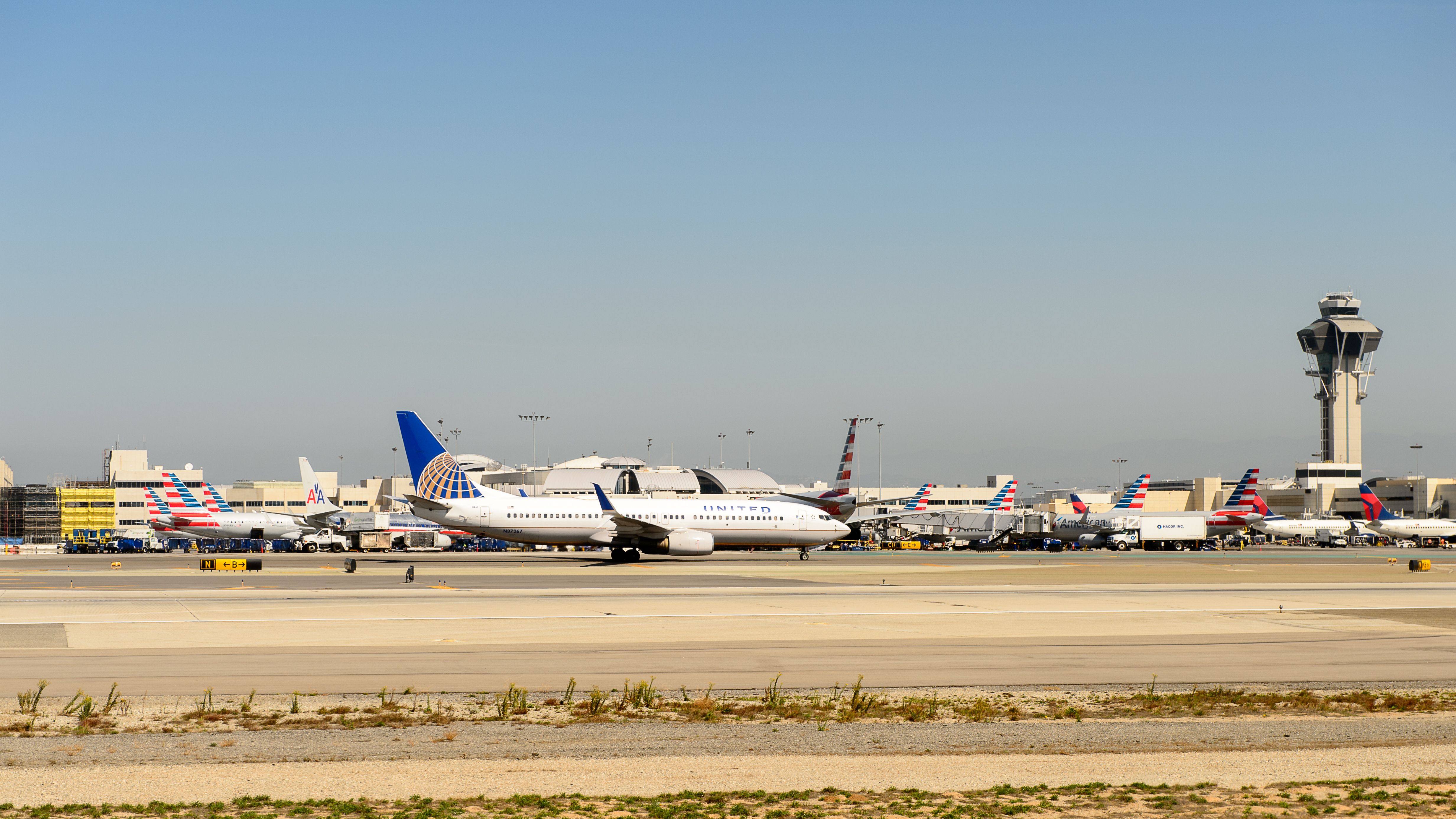
Related
Explained: Part 121 Airline Rules In The United States
A detailed description of Part 121 from its inception to the modern day.
Military flying
Another option for gaining flight experience is through the military. Up to 500 hours of military flying can be credited towards the 1,000 airline captain qualifying hours if the pilot served as the PIC on a fixed-wing turbine aircraft requiring two or more crew members.
Photo: Rix Pix Photography I Shutterstock
This theoretically makes the captain-eligible flight time for a military pilot less than the civilian requirements, because military pilots are eligible to fly for airlines for as few as 750 total hours. However, it takes time and experience to fly as the PIC of a multi-engine turbojet in the military, so it’s unlikely that a military pilot would upgrade to captain with fewer hours than a pilot with a civilian flying background.
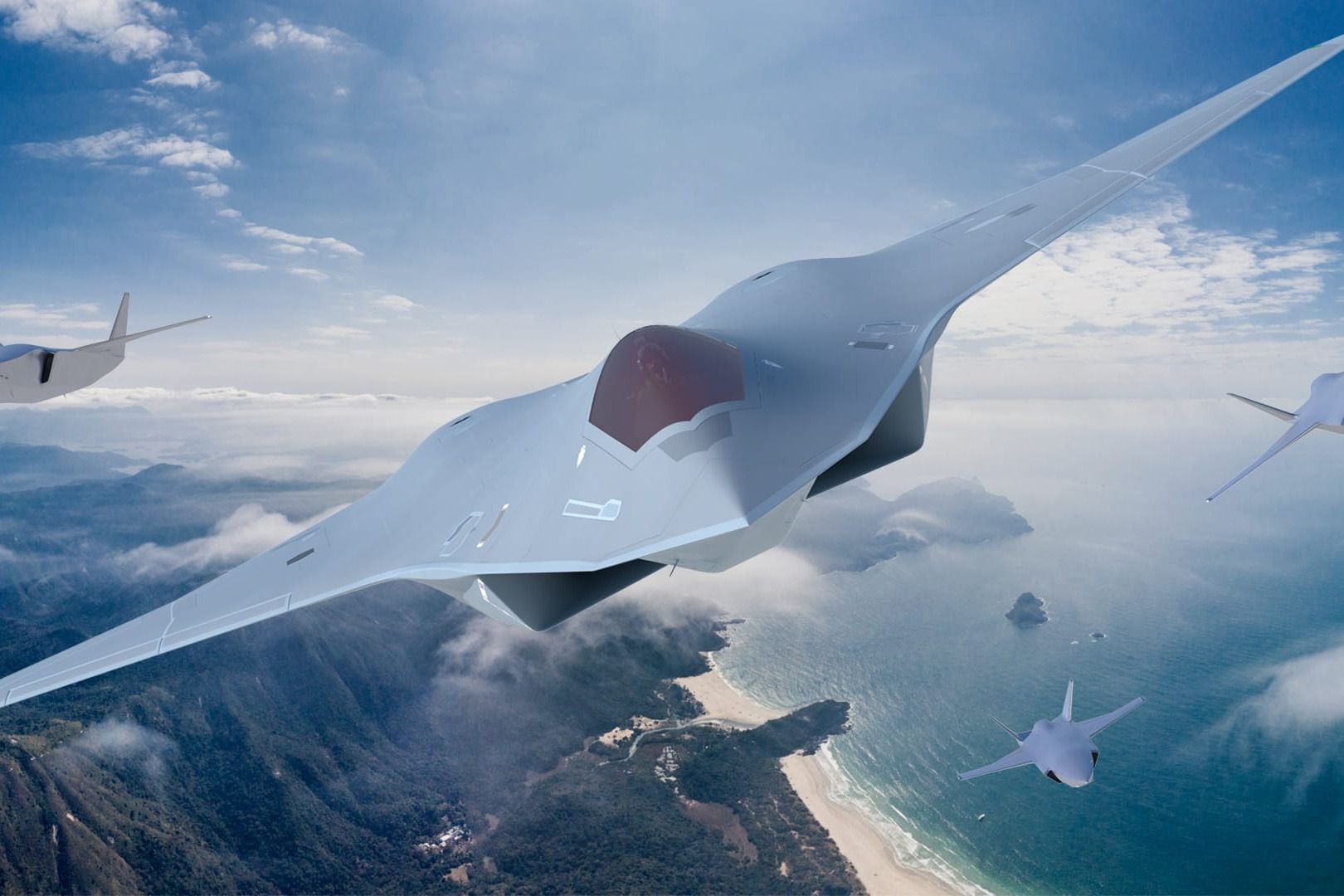
Related
Tomorrow’s Fighter Jets: A Look At The Future Of Military Flying
Drones will fly alongside future fighter jets.
Age requirements
Part 61 regulates the minimum age for pilots. To hold a restricted ATP, a pilot needs to be at least 21. This allows a pilot to fly at the airline level, but the restriction cannot be lifted until the pilot turns 23. For this reason, the minimum age to become an airline captain is 23—the PIC in airline operations needs to hold an unrestricted ATP.
The reality
Everything above addresses the minimum requirements to become a captain. Prior to 2020, it would be uncommon to find a captain on any US airline—regional, low-cost, or mainline—who had been upgraded with the minimum amount of experience. This is no longer the case in the post-pandemic industry. With so many captains taking voluntary retirement before age 65 and an increasingly large percentage of active captains nearing retirement age, airlines need pilots across the board.
Photo: Vincenzo Pace I Simple Flying
At the regional level, airlines have successfully hired and trained captains directly from Part 91 and 135 backgrounds. Additionally, many regional airlines strongly encourage their first officers to upgrade to captain as soon as they log their 950th hour under Part 121 (the remaining 50 hours come during line operational training).
Even at major carriers, upgrades are being offered to eligible first officers well in advance of historical precedents. This reality, new though it may be, is the result of a significant industry turnover in personnel. The same applies to flight attendants, mechanics, controllers, and many other roles within the airline industry.
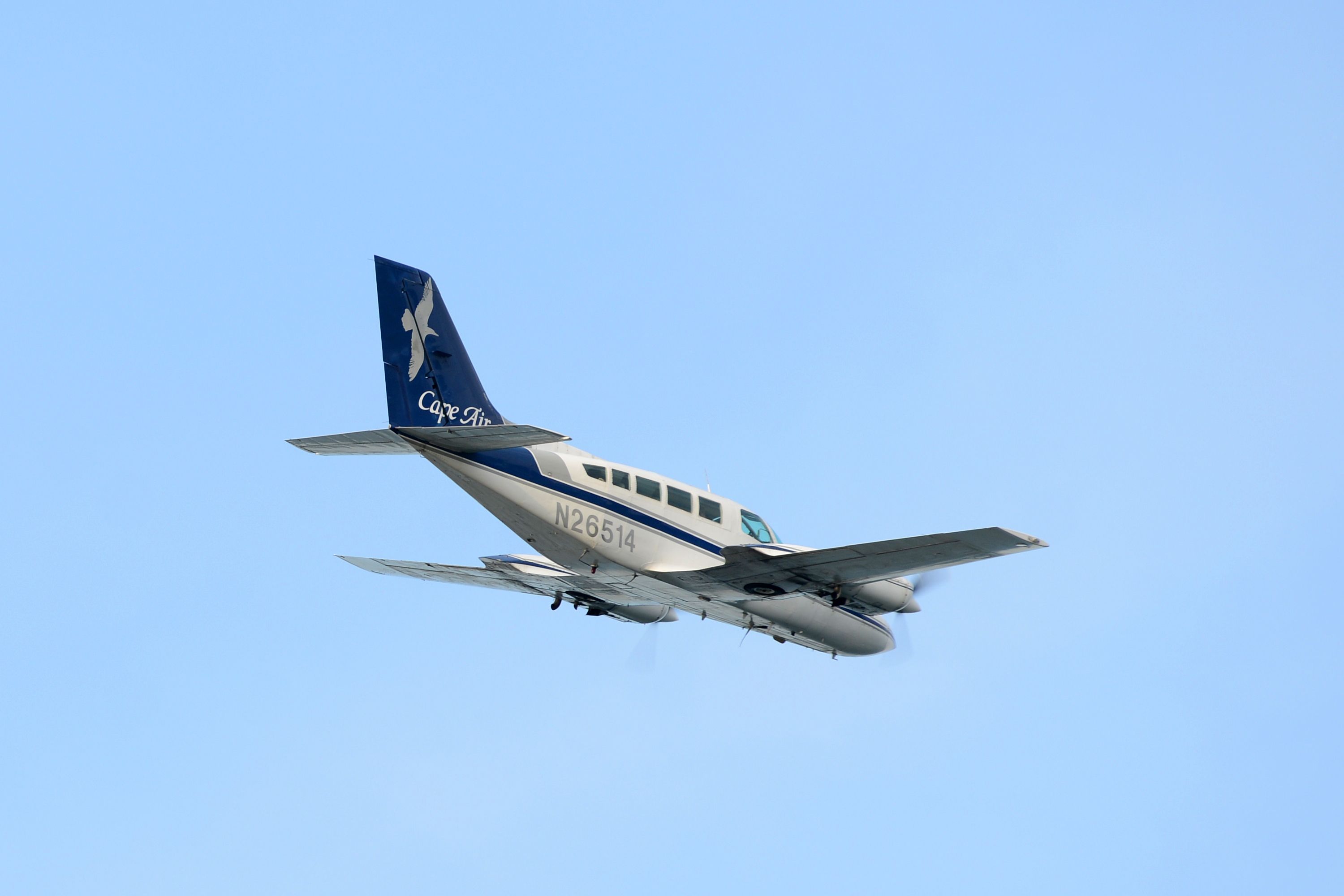
Related
Have You Ever Flown On A Regional Part 135 Operator?
Many general aviation and private aviation operators operate under the Federal Aviation Administration (FAA) Part 135 regulations. This set of regulations is designated for use by air carriers and operators that fly charter flights. Many of these operators include large charter or fractional ownership companies, such as NetJets and Wheels Up.
Quite a few designated airlines also fly under the certificate. This allows the airline to sell entire trips on an aircraft instead of selling individual seats. Airlines, such as Cape Air, find this to be beneficial for ultra-short routes that connect to larger hub airports. Have you ever flown on a regional Part 135 operator?
On the other hand, plenty of First Officers do not want to upgrade to captain even if they are eligible. According to Reuters and other news sources, United Airlines was unable to fill about 50% of its captain vacancies over the summer. United isn’t alone—other airlines are facing captain shortages as well.
Depending on the contract between the company and its pilots, some airlines can force first officers to upgrade when they meet the FAA requirements. There are many reasons why a first officer might not want to upgrade, ranging from not feeling prepared for the role to not wanting to disrupt a higher quality of life for a more unpredictable reserve schedule as a junior captain.
Photo: British Airways
While the average age of the left seat might be getting younger, every captain is held to the same standards and experience levels that have existed and evolved since the inception of Part 121. In addition to meeting flight time requirements, captains go through extended CRM training, additional line operating experience training, and are subject to annual FAA check rides as well as internal company observations. The fourth stripe isn’t earned just once; its bearer is continuously validated and assessed.

